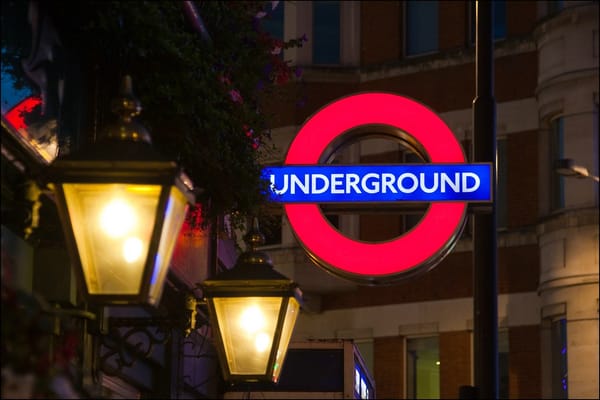‘What’s Love Got to Do with It?’ - Everything or Maybe Nothing at All.

Hiba Ul-hasan – BA History
‘What’s Love Got to Do with It?’ an award-winning cross-cultural comedy starring Lily James and Pakistani actress Sajal Ali, finally hit UK theatres on the 24 February.
The comedy is said to be inspired by writer and SOAS Alumni Jemina Khan’s own experiences when she moved to Pakistan after her marriage. Directed by Shekhar Kapur, the movie stars Lily James as Zoe and Shazad Latif as Kazim, better referred to as ‘Kaz’.
Zoe is a successful documentary filmmaker who embodies the “modern” independent woman. Meanwhile, Kaz, the boy next door, is every Asian parent’s dream – a doctor. So when Kaz decides he wants to get an arranged marriage, Zoe sees it as an opportunity for her next project and convinces him to allow her to film the journey. Zoe follows Kaz as he has a humorous encounter with the matchmaker and then is introduced to Maymouna, an aspiring civil rights lawyer in Pakistan. This process provides insight into the bustling Pakistani environment and lively wedding scene.
This rom-com is an excellent example of British humour. There is a show of Pakistani comic references in the form of Asim Chaudhry as the matchmaker and Kaz’s grandmother. Zoe’s mother, Cath (Emma Thompson), is a source of laughter as she deepens her knowledge of Pakistani culture through her interactions with Kaz’s family. Cath, unlike her daughter, immerses herself in participating and admiring the culture of her neighbours.
The movie refers to topics that are less lighthearted in tone. Beautifully done, the film explores identity in a scene where Kaz is forced to explain to Zoe that “British-born” is not the same as “British” and explains the impact of Islamophobia in the media. In various instances, Kaz attempts to explain cultural distinctions to a baffled Zoe, who cannot grasp the significance of these differences.
‘It is not the type of marriage that defines its happiness but the people in it.’
There is no clear response as to what the film is seeking to emphasise about arranged marriages. However, it implies that they are not as terrible as some people may believe. Like love marriages, there are examples of both failures and successes, indicating that it is not the type of marriage that defines its happiness, but the people in it.



